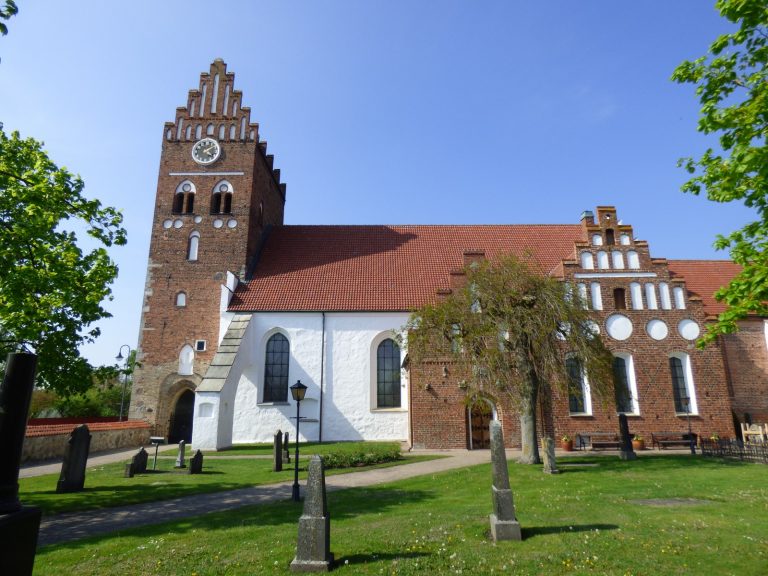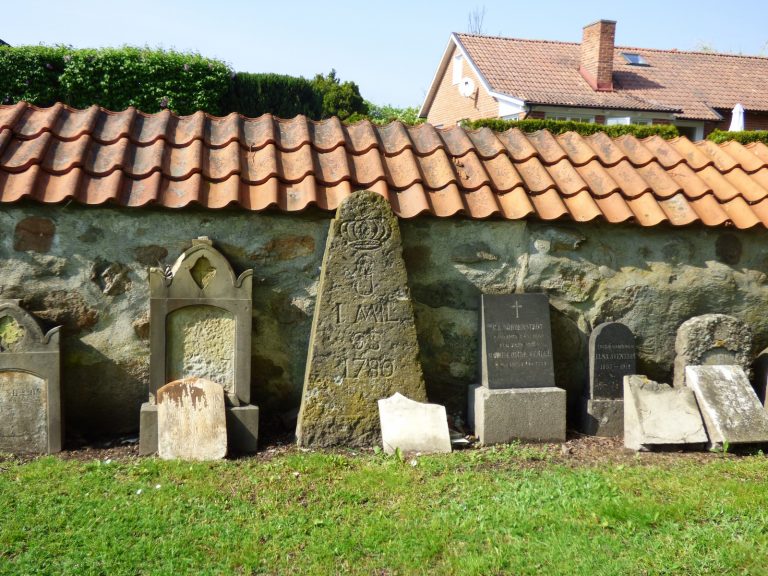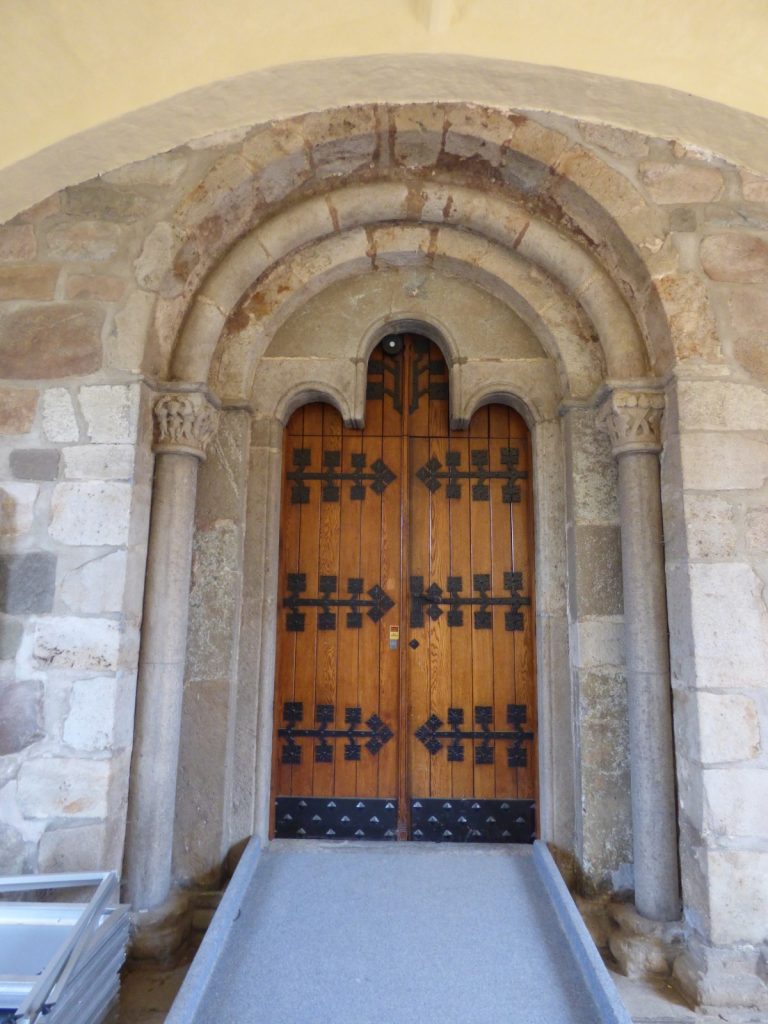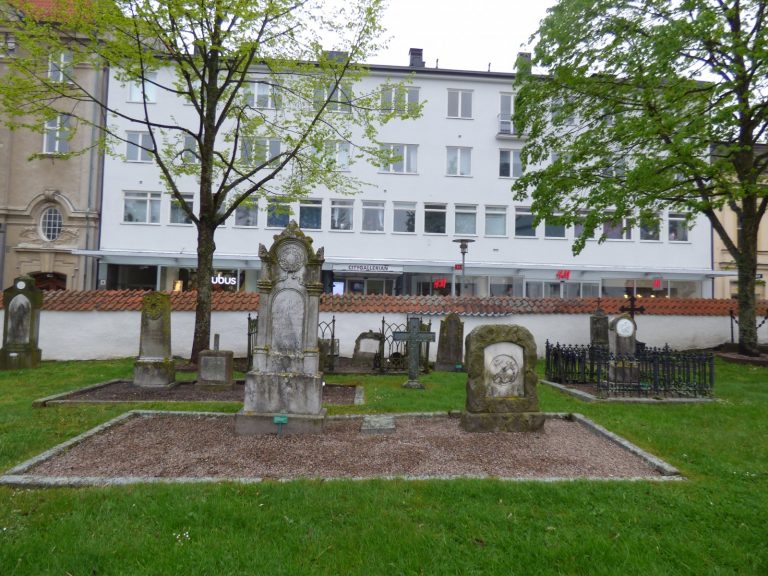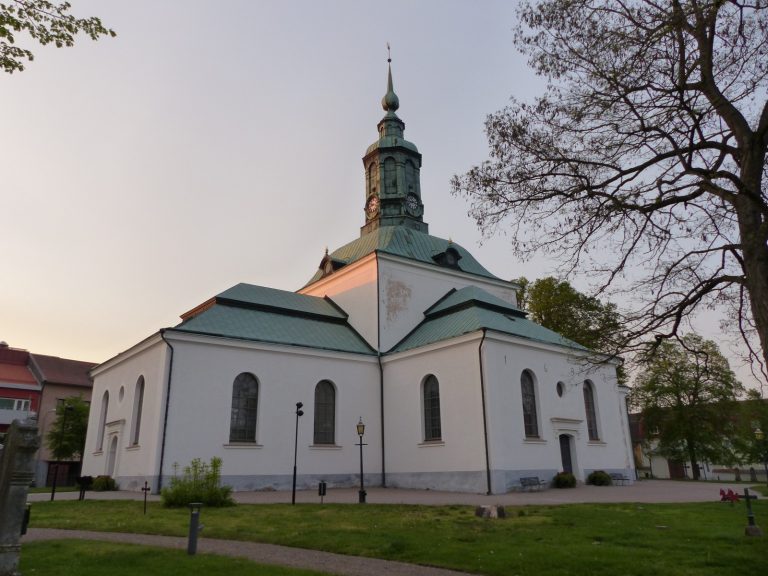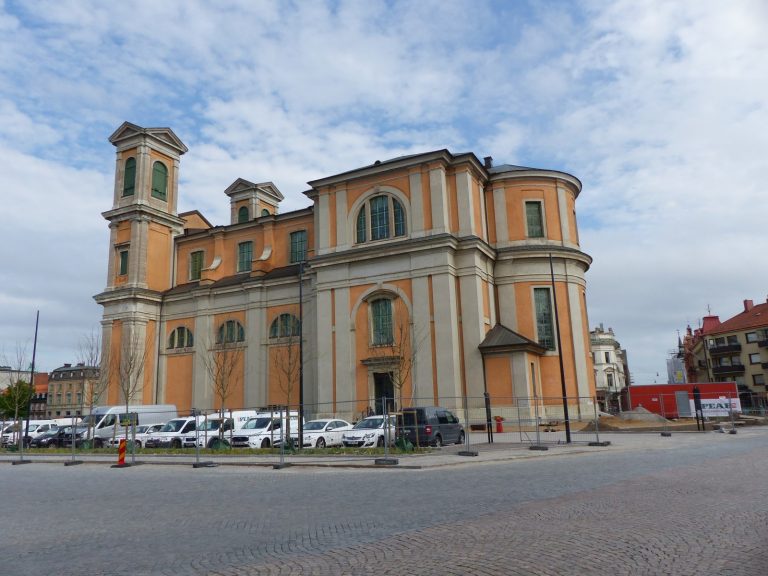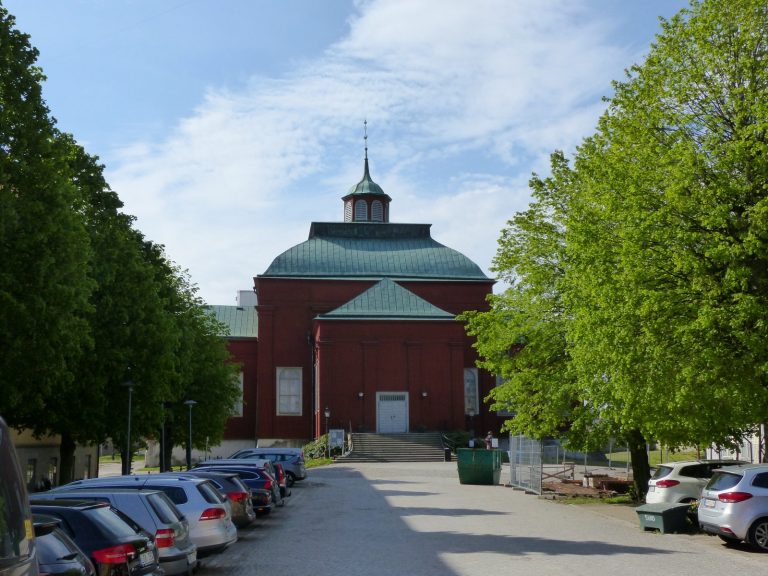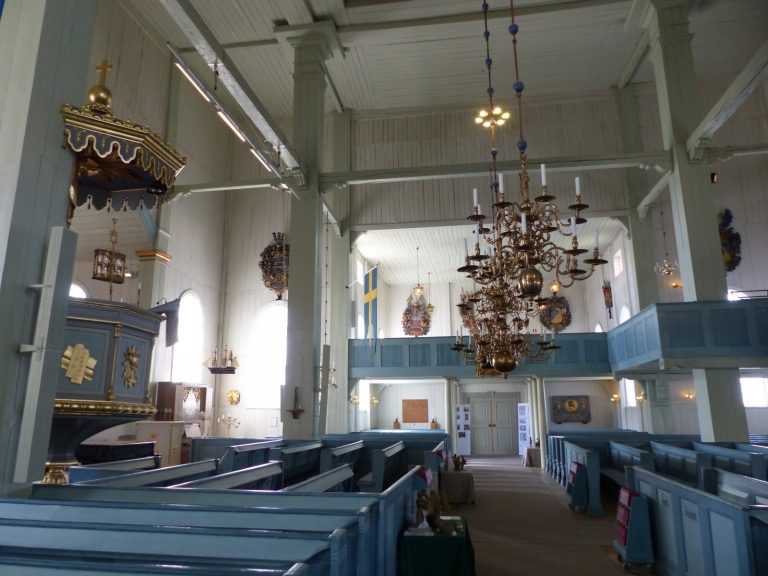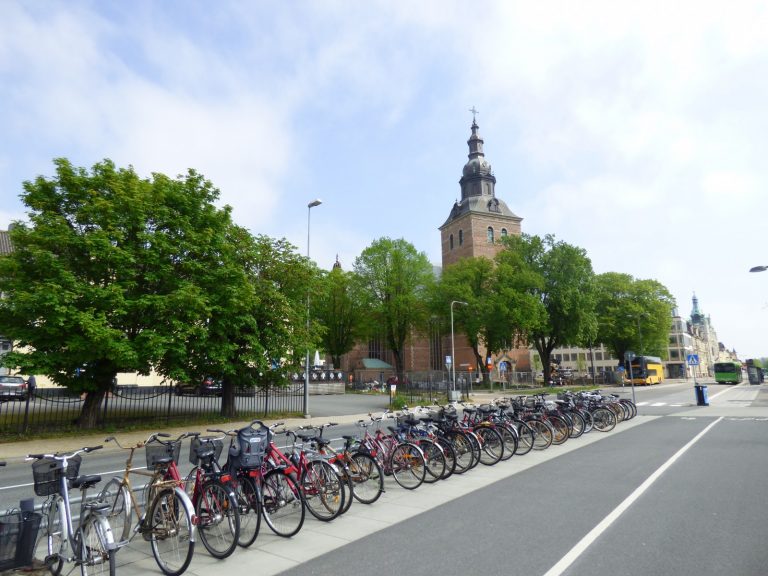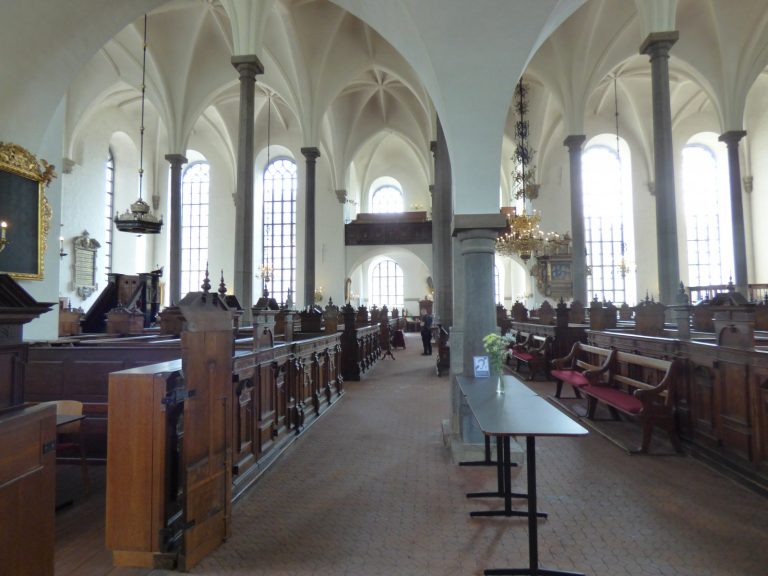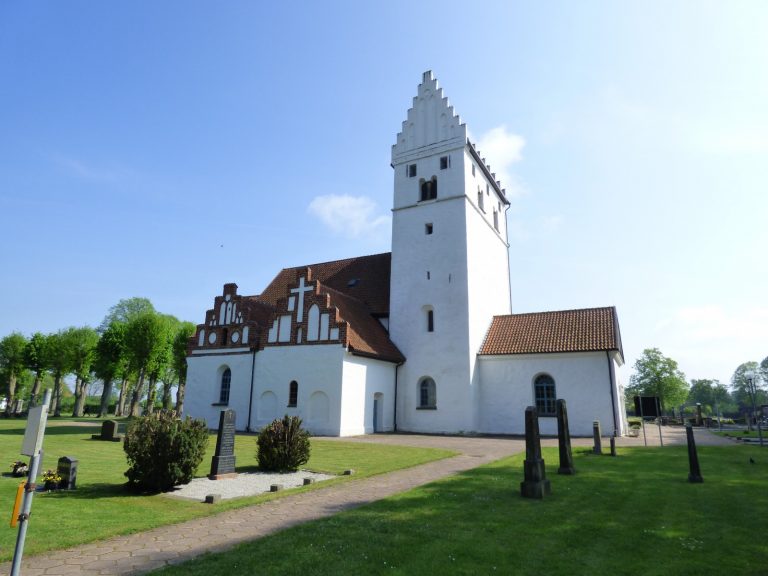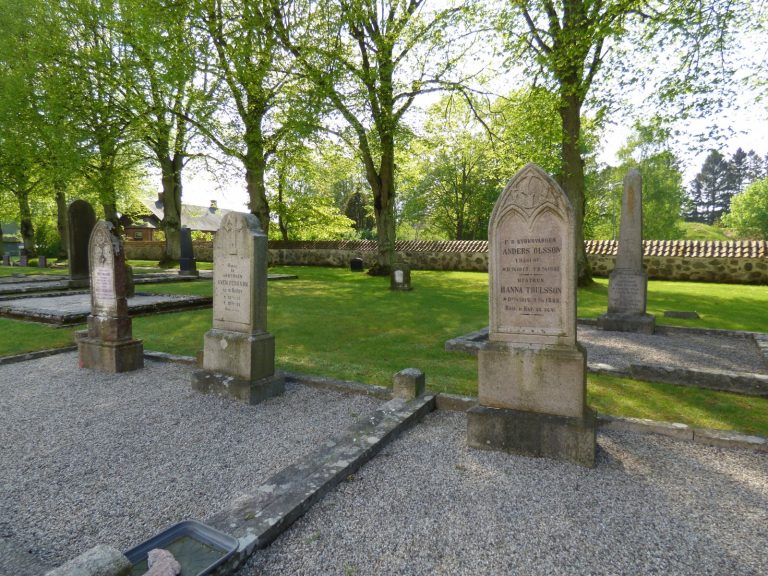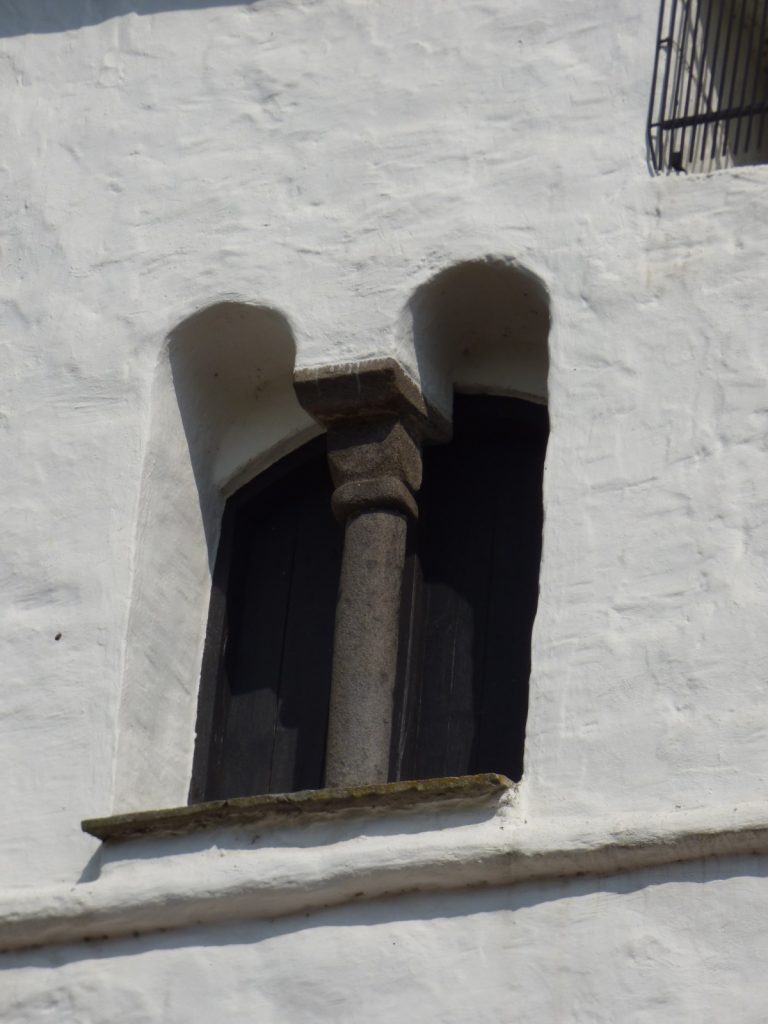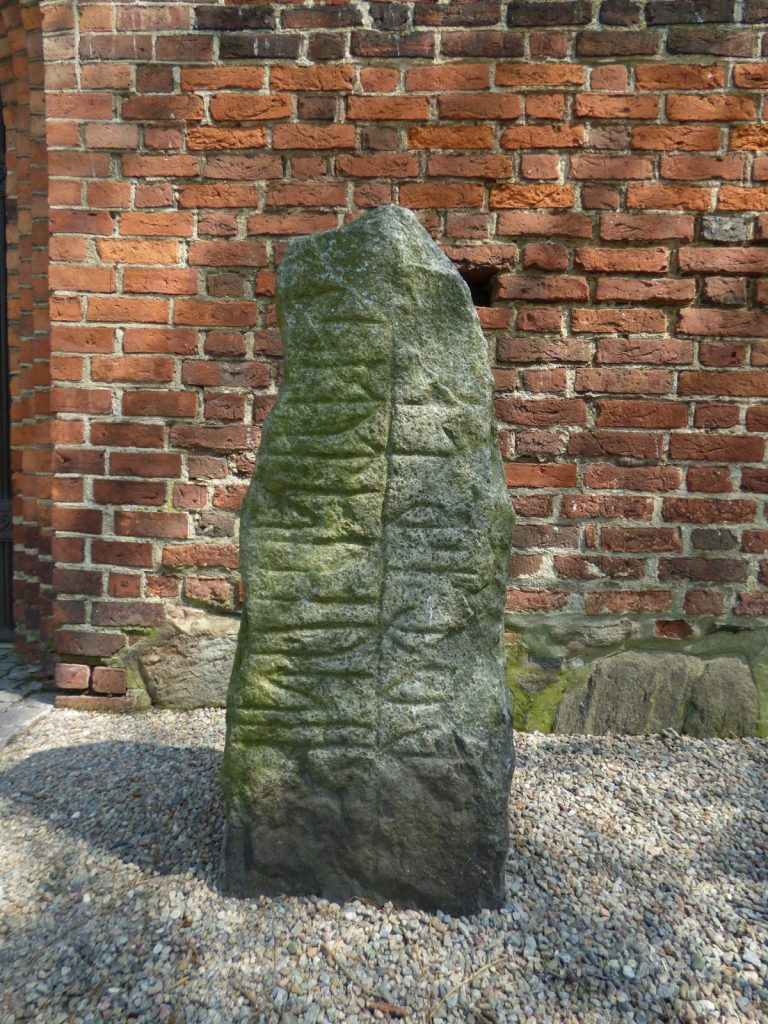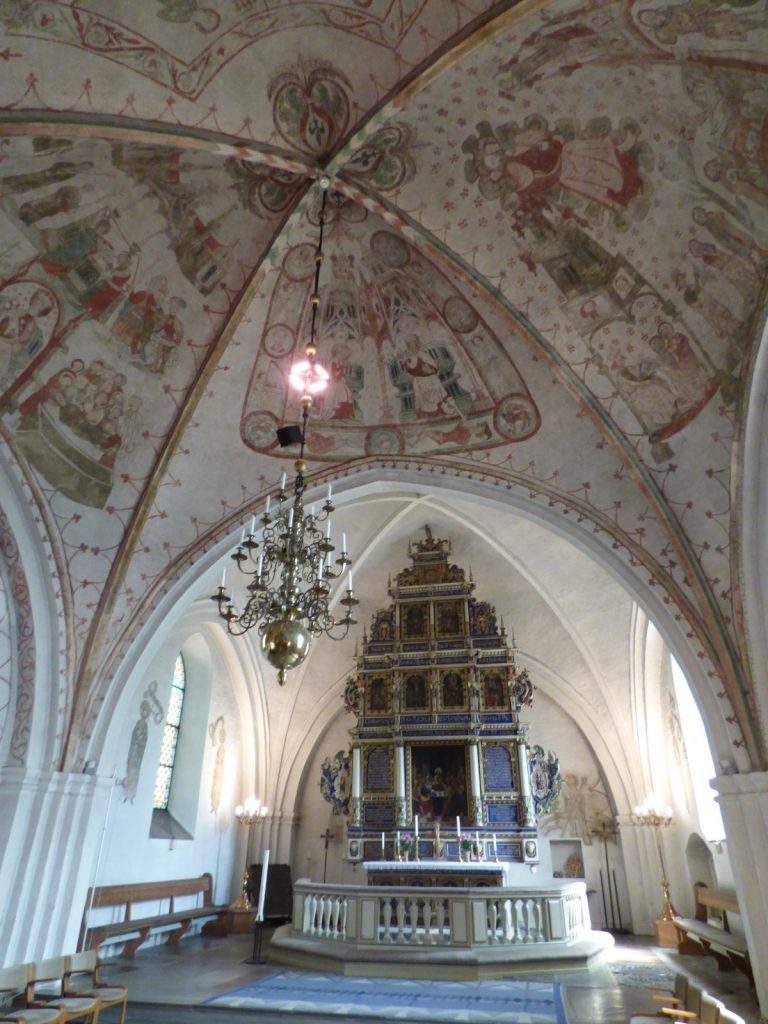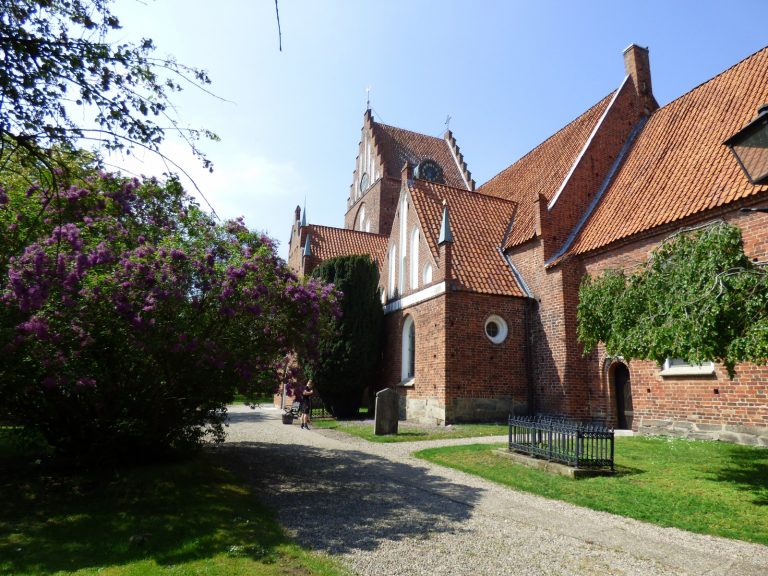LOCATION
Blekinge and eastern Scania is the south-eastern part of Sweden, located by the Baltic Sea, also referred to as the Garden of Sweden owing to its natural abundance. Historically, it is a part of Gotland from which Goths and Gepids set off to the south in the early years of our millennium. As far as beliefs and religion are concerned, Protestant Christianity is predominant. A number of fishing or harbour towns on the skerries coast are late-medieval or modern. We suggest choosing tiny Karlshamn (56°10′N 14°51′E), formerly, the main harbour of the Swedish immigration to America, as your starting point. Karlshamn offers ferry connections with Klaipėda and Karlskrona with Gdynia.

SIGHTSEEING
The area described is covered with a dense network of roads, and the biggest towns are connected via convenient Malmö–Norrköping highway (E22). Along the coast there is also a railway line connecting Danish Copenhagen with Karlskrona. All the foregoing churches are open during the day, usually between 10 am and 4 pm. Only in Ahus the key is available in the nearby Museum, and the temple in Norra Asum may be visited from 10 am to 15 pm. The admission to the temples is free of charge.
ATTRACTIONS
Kalshamn is a tiny town founded by Charles X Gustav in 1658. Furthermore, he was the founder of the brick baroque church (Carl Gustafs kyrka) erected in the centre on a cross ground plan in 1680–1700. Its construction was possible thanks to a money collection ordered throughout Scania. The furnishings of the church are baroque and they originate from the 18th century. A similar story is connected with the biggest wooden church in Sweden – the Admiralty Church (Amiralitetskyrkan) in Karlskrona, dating back to 1685. The temple furnishings date back to the 19th century, yet the older epitaphs of Swedish marine commanders are quite conspicuous. Classicistic Frederic’s Church (Fredrikskyrkan), which also serves the purpose of a concert hall, is situated in the town centre. Unique medieval furnishings are characteristic of Gothic St Nicholas Church in Sölvesborg (Sankt Nicolai kyrka), erected in the 13th century as a monastic temple of the Carmelite Fathers. Inside there are Renaissance and Gothic furnishings as well as beautiful 14th century polychromes. The Church of the Holy Trinity in Kristianstad, erected in 1628 upon the order of Danish King Chrystian IV, is uniform in terms of style. The temple is believed to be the most beautiful Renaissance church of northern Europe. Original furnishings have been preserved inside. The impressive Romanesque church in Norra Asum, in the southern suburb of Kristianstad is more than 400 years older. Inside there is a 12th century stone bearing a runic inscription, commemorating Bishop Absalon, the founder of Copenhagen and Esbjörn Mule, the builder of the church. Also St Mary’s Church in harbour town of Ahus, founded by the Vikings in the 8th century, has the Romanesque genesis. However, the furnishings of the church are newer, dating back mainly to the 17th century.




